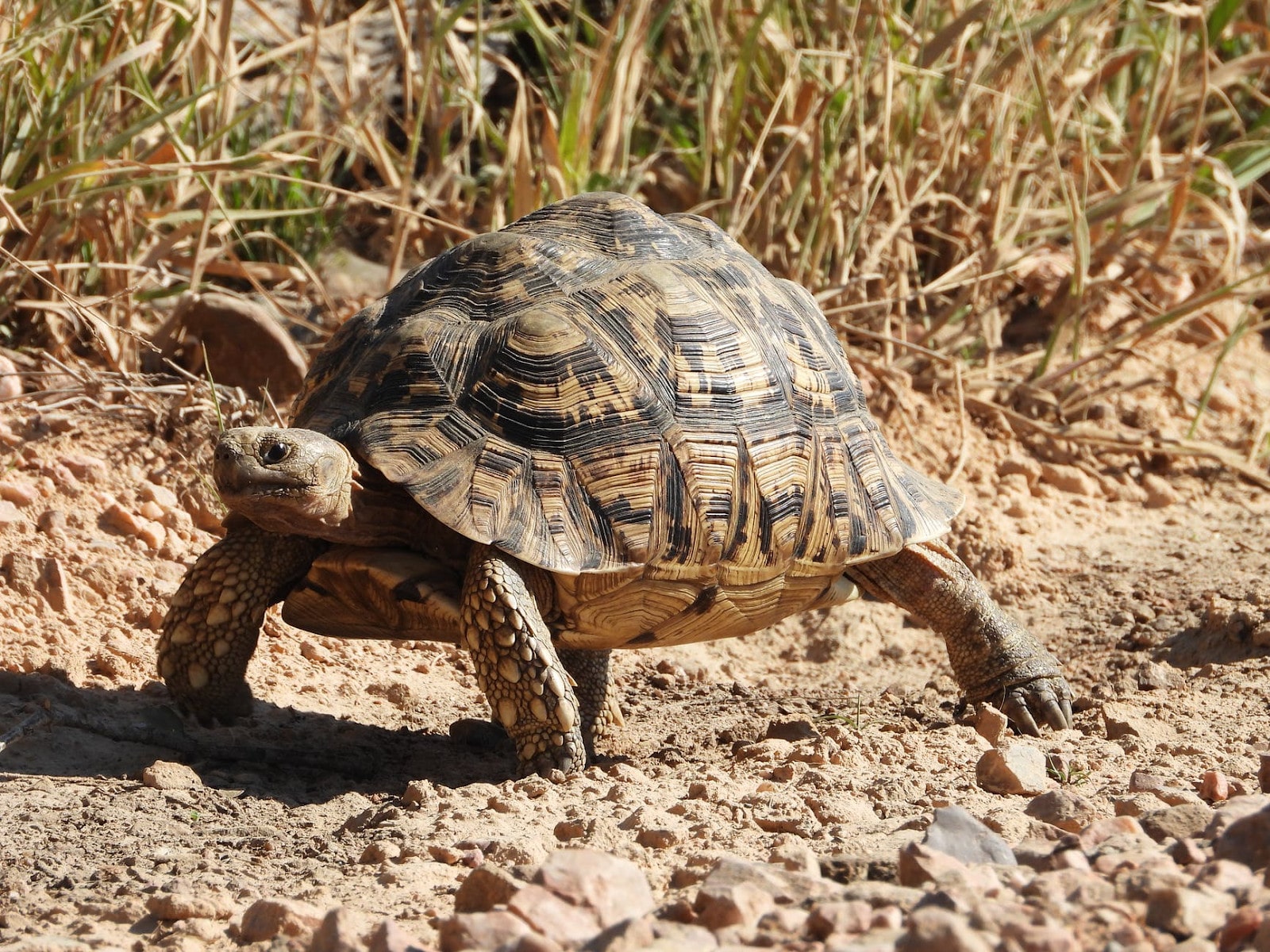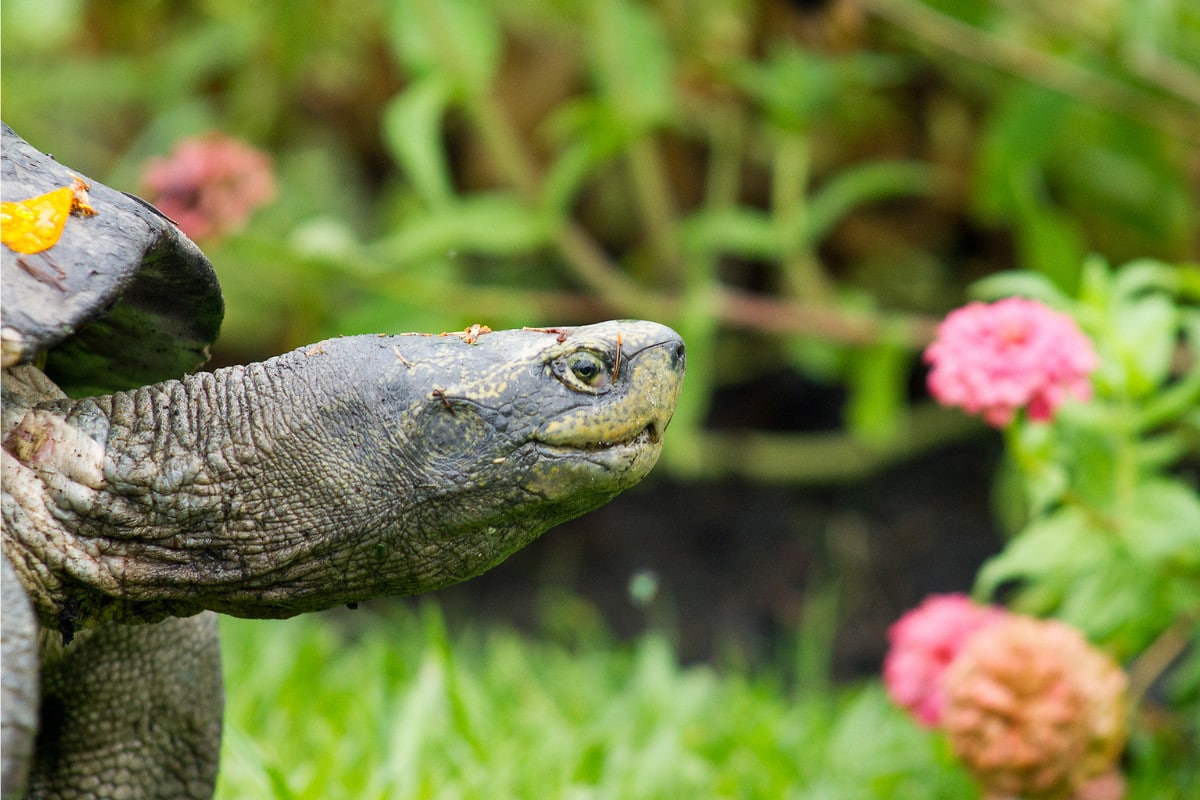Tortoises can live up to 100 years old, therefore it is important that tortoise owners are prepared to care for their pets for many years to come. This includes providing them with everything they need to thrive but also being able to deal with any health issues, should they arise.
With different tortoise species having different care requirements, and with tortoise ailments being quite different to what you may experience with your average dogs and cats, certain health problems in reptiles can be easily missed.
For that reason, we have created this guide on metabolic bone disease which is a common problem seen in pet tortoises and turtles.
(function(w,d){ var e=d.createElement(‘script’);e.type=’text/javascript’;e.async=true; e.src=(d.location.protocol==’https:’?’https’:’http’)+’://cdn.clerk.io/clerk.js’; var s=d.getElementsByTagName(‘script’)[0];s.parentNode.insertBefore(e,s); w.__clerk_q=w.__clerk_q||[];w.Clerk=w.Clerk||function(){w.__clerk_q.push(arguments)}; })(window,document); Clerk(‘config’, { key: ‘wDPCBCLbl9Jl6kgs9RbwwrMsDb8esksq’ });What is Metabolic Bone Disease (MBD)?
Metabolic bone disease (MBD) is an umbrella term for when an animal suffers from deformed or softened bones. In tortoises, this also affects their shell and how it grows. The most common form of MBD is secondary nutritional hyperparathyroidism, however, other forms include fibrous osteodystrophy, osteomalacia, osteoporosis and rickets.
Most forms of Metabolic Bone Disease are caused by improper care and occur when a tortoise has insufficient calcium, therefore, draws calcium from its skeleton and shells, causing bones and shell to become soft and malformed. This can lead to bone fractures, a misshapen shell, severe pain, and, ultimately a painful death, if not treated.
Causes of Metabolic Bone Disease
There are many different causes of metabolic bone disease, however, most relate to poor husbandry and improper care.

Nutritional Imbalances
Tortoises require the correct diet to be able to have strong bones and a healthy shell. This involves receiving the correct minerals and vitamins needed to not only maintain their health but to support growth, too. A healthy diet should provide your tortoise with everything they need for the maintenance and growth of their bones, shell and bodily functions.
Calcium
All animals need the right amount of calcium to support many different vital processes within their body. If a tortoise is suffering from a calcium deficiency then the body will take the calcium it needs from the bones to help it function properly. In the case of tortoises and turtles, they will take the calcium from the shell, too. This results in their bones and shells becoming soft and weak and unable to grow correctly. This form of MBD is known as nutritional secondary hyperparathyroidism and, as we mentioned earlier, is the most common form of metabolic bone disease.
Calcium is especially important in gravid females that are developing shells for eggs. Without sufficient calcium, the eggs will not form properly, they will be too thin and will likely collapse and not be able to support the hatchling inside. Egg laying females require a lot more calcium than a normal adult tortoise and without the right amount, not only will hundreds of hatchlings die, but the female will suffer, too.
Phosporous
Phosphorus inhibits your tortoise’s ability to absorb calcium, therefore it is very important that you find the right balance for your tortoise. Even if your tortoise is getting ample calcium, if their phosphorous levels are too high then they will suffer from brittle bones and a soft shell, all the same. Your tortoise’s diet should contain the right calcium-phosphorus ratio to allow sufficient calcium absorption to support healthy growth and maintenance.
Improper Environment
A suitable environment is just as important to your tortoise as the correct diet and is easy enough to provide and maintain. However, as a tortoise owner, you should always consider the costs involved in housing a tortoise and if you can give them everything that they need for the entirety of their lives.

Vitamin D
Although calcium is very important in preventing metabolic bone disease, it is useless if your tortoise does not have ample amounts of vitamin D, too. Vitamin D allows tortoises to absorb calcium and use it in all of those vital bodily functions we keep talking about.
Tortoises naturally produce vitamin D when they are exposed to sunlight therefore, in the wild, they would never have an issue with vitamin D production or calcium absorption. However, captive tortoises often have inadequate exposure to natural sunlight, therefore, are more susceptible to metabolic bone disease. Many tortoise owners also do not know that for natural sunlight to have the same effect, it must be direct, unfiltered sunlight otherwise your tortoises will not get the UVB light that it needs to ensure sufficient calcium metabolism.
Heat
One of the most important factors of a tortoise enclosure should be the heat. Reptiles need the correct temperatures to be able to survive which is why it is also important in preventing metabolic bone disease.
Without the right temperatures, the tortoise’s digestive system will not function properly and therefore they will not effectively be able to absorb the nutrients they need to support their bone and shell growth.
(function(w,d){ var e=d.createElement(‘script’);e.type=’text/javascript’;e.async=true; e.src=(d.location.protocol==’https:’?’https’:’http’)+’://cdn.clerk.io/clerk.js’; var s=d.getElementsByTagName(‘script’)[0];s.parentNode.insertBefore(e,s); w.__clerk_q=w.__clerk_q||[];w.Clerk=w.Clerk||function(){w.__clerk_q.push(arguments)}; })(window,document); Clerk(‘config’, { key: ‘wDPCBCLbl9Jl6kgs9RbwwrMsDb8esksq’ });Preventing Metabolic Bone Disease
Once you know the causes of metabolic bone disease, it is easy enough to understand how you can prevent it from happening to your tortoises. This is mostly done by providing proper husbandry which includes the correct diet and a suitable habitat.
Diet
Make sure that you provide your tortoises with calcium rich foods. Dietary calcium can be provided from foods such as mulberry leaves, turnip greens, collard greens, romaine lettuce, kale and many different types of weeds you can find in your garden. With the proper diet, you shouldn’t need to give your tortoise calcium supplements but talk to your veterinary professional if you are worried or unsure. You can also place a cuttlefish bone within their enclosure for them to use at their own leisure.
Alongside providing the correct amount of calcium, you also need to make sure you do not give them too much phosphorus. Phosphorous is useful to your tortoise’s bodily functions therefore it is needed within their diet however too much, as we said before, can negatively affect your tortoise’s shell growth and integrity.
Make sure you look at the chemical breakdown of food items if you are not sure, and ask your vet for advice before giving your tortoise anything new.
Habitat
Captive tortoises require the correct setup to be able to live a long and healthy life. This includes providing sufficient amounts of UV light so that they can synthesise vitamin D for the absorption of calcium.
As we mentioned earlier, unfiltered sunlight does not have the same benefits to your tortoise therefore if your tortoise is housed inside and is not exposed to direct sunlight, you will need to consider the alternatives. Buy a UV light with the correct amount of UVA and UVB lighting to help prevent your tortoise from developing a soft shell. They should be kept on for 10-12 hours a day to mimic the sunlight hours a wild tortoise would experience.
Not only do you need to install the correct UV bulb for ample UVB exposure, you also need to ensure that they are experiencing the correct temperature too. Use high-quality thermometers to check the temperature gradient across the entire enclosure and make sure it is within your tortoise’s optimum range. Add heat lamps to keep them warm and allow them to bask, and provide sufficient substrate for them to burrow and cool off, too.
Spotting the Signs in your Pet Tortoise
If you are concerned that your tortoise may have metabolic bone disease, we suggest speaking to your veterinarian as soon as possible. There are several signs that you can look out for including:
- Soft shell
- Bowing of the legs
- Swollen legs
- Bilateral softening of the jaw
- Lethargy
- Constipation
- Flat shell
- Abnormal beak growth
Some more severe symptoms can include a jerky gait when they walk, tremors, or severe weakness. Even worse, if your tortoise grows too big for their shell then it could restrict their internal organs and cause severe pain. A tortoise’s shell should be big enough for them to retract their whole head and legs inside of it to escape from danger.
Remember, young tortoises often have soft shells up until around 6 months of age so it is normal for them to be a little bit pliable up until this point. Also, some specific species of tortoises naturally have a semi soft shell, such as the Pancake tortoise, so know your species before you rush to the vet!
When you take your tortoise to the vet, they will likely ask lots of questions regarding their habitat setup, diet, and history, so be prepared with any information you think they may need. An early diagnosis is vital to making sure your tortoise recovers.

Treating Metabolic Bone Disease
If you have caught the signs of metabolic bone disease at the early stages and your tortoise is still eating and drinking, you should be able to treat them at home by slowly increasing their calcium levels.
Home treatment
Evaluate their diet and habitat and discuss with your vet what you will need to change to make sure they are getting enough calcium and start reversing the effects of MBD.
Take a look at the lighting you have got installed and whether you need to replace it with something that gives more coverage or has a higher percentage of UVB light. You can also look at where in the enclosure it is positioned and if your tortoise can make the most of it where it currently is.
It’s also important to evaluate their diet and make sure you are providing the correct calcium levels through a good range of food items. Wild tortoises will graze at various plants, weeds, and grasses throughout the day therefore you should try to replicate this for your pet by giving them a range of different foods to browse on. Consult a specialist for dietary support if you’re not sure that you are providing your tortoise with everything that they need.
Veterinary Treatment
If your tortoise is displaying some of the more severe symptoms and is not eating or drinking then it may need more intense treatment and to stay at the veterinary clinic while they recover.
Treatment may include different injections of the supplements that they need but it could also include some more in depth tests to determine the severity of the MBD and any other treatment plans to address secondary problems such as fractures and shell damage.
Prognosis
In severe cases, if your tortoise is not given the correct treatment, MBD almost always results in death.
However, as long as you are monitoring your tortoise regularly and catch the symptoms early, metabolic bone disease can be treated and your tortoise can continue to live a long and healthy life.
Despite this, you may still see some long lasting indications of MBD, even when your tortoise appears to have fully recovered, such as an oddly shaped shell, bowed legs, or even a slight limp.
Metabolic Bone Disease and Your Tortoise
Tortoise shells are different in every kind of species you can find however the signs of metabolic bone disease remain the same. Now you know what to look out for, we hope you feel better equipped to be able to respond appropriately should you ever think your tortoise has MBD.
From calcium to vitamin D to correct temperature, a well-balanced diet and the correct habitat will go a long way in ensuring your tortoise lives a long life.
Let us know if you have any questions!
















